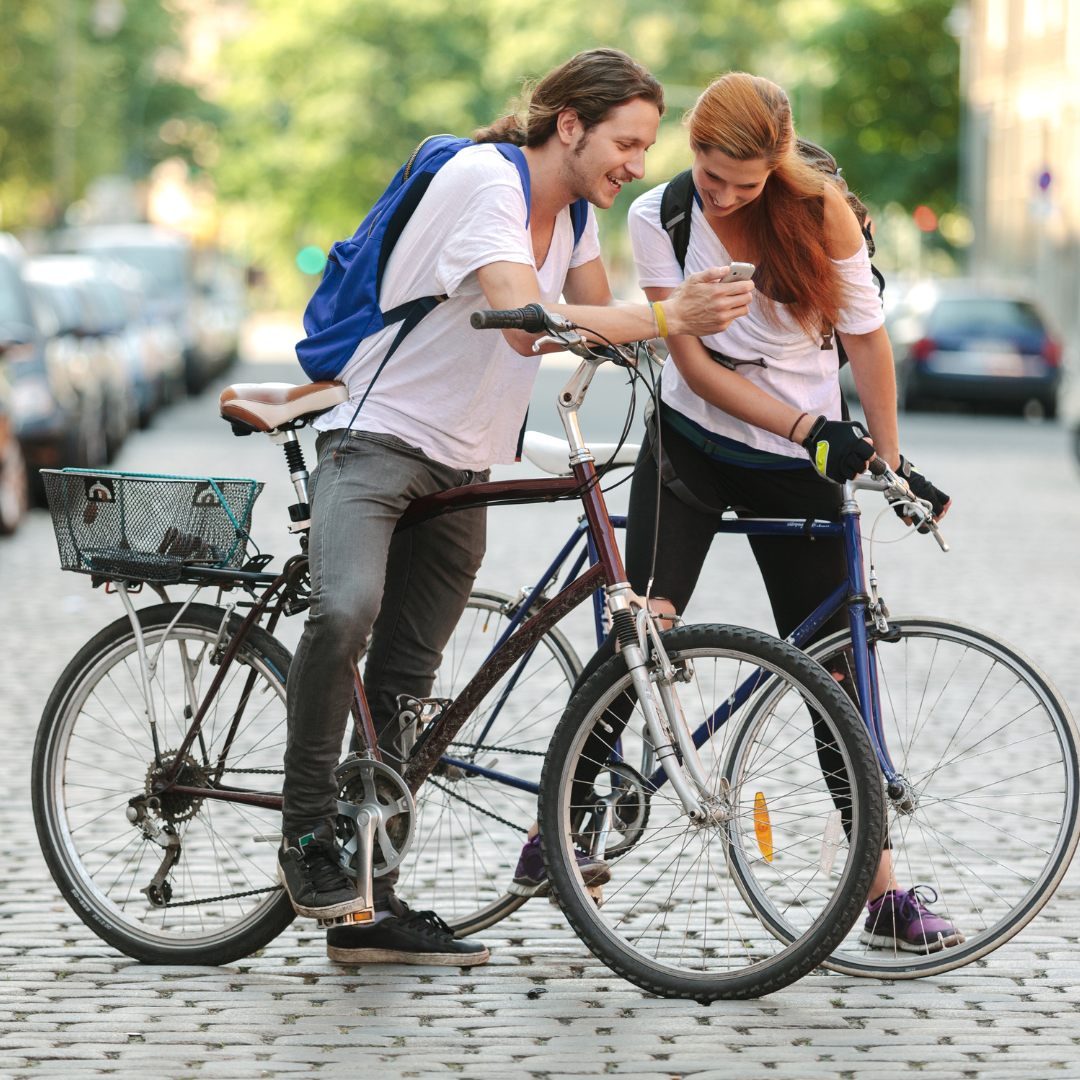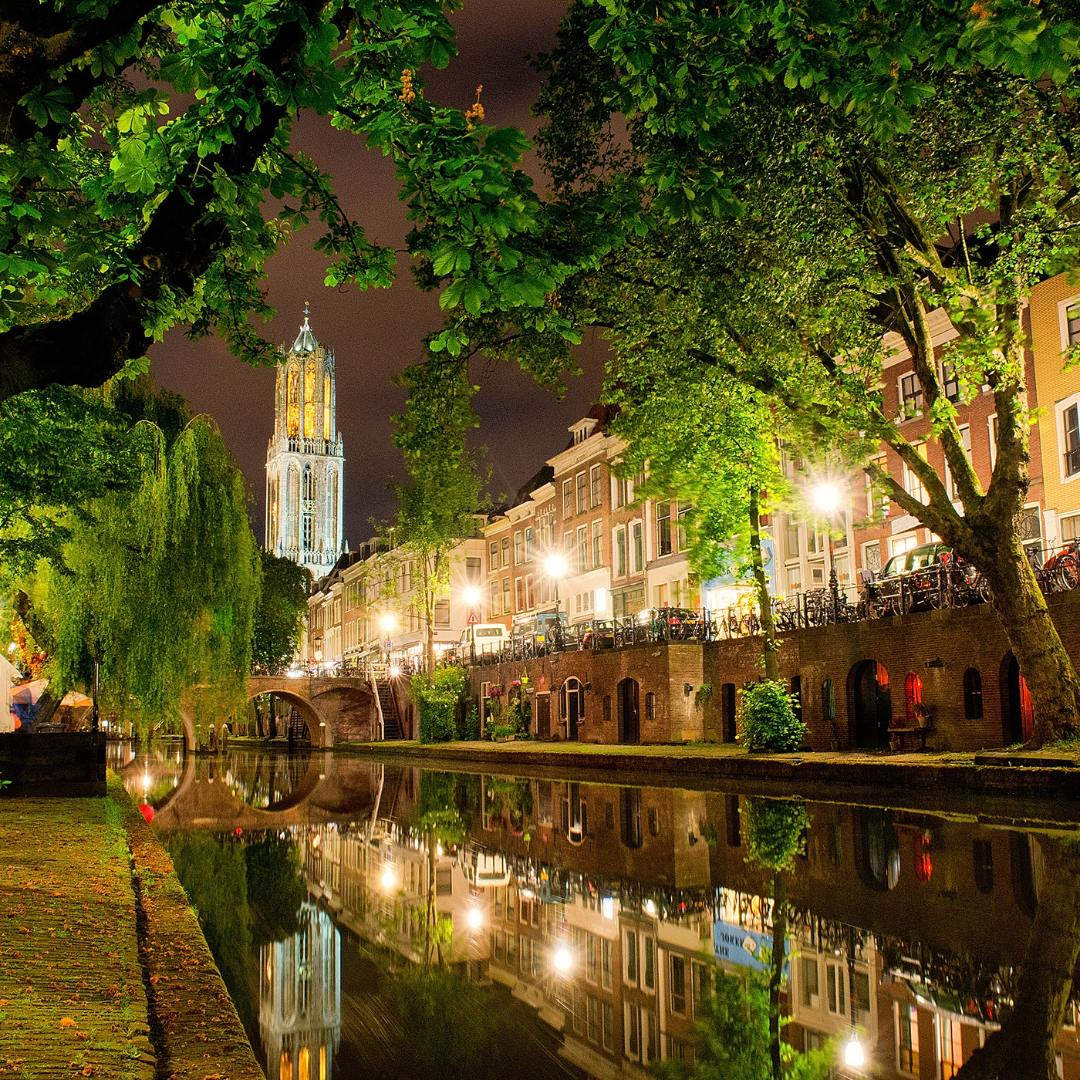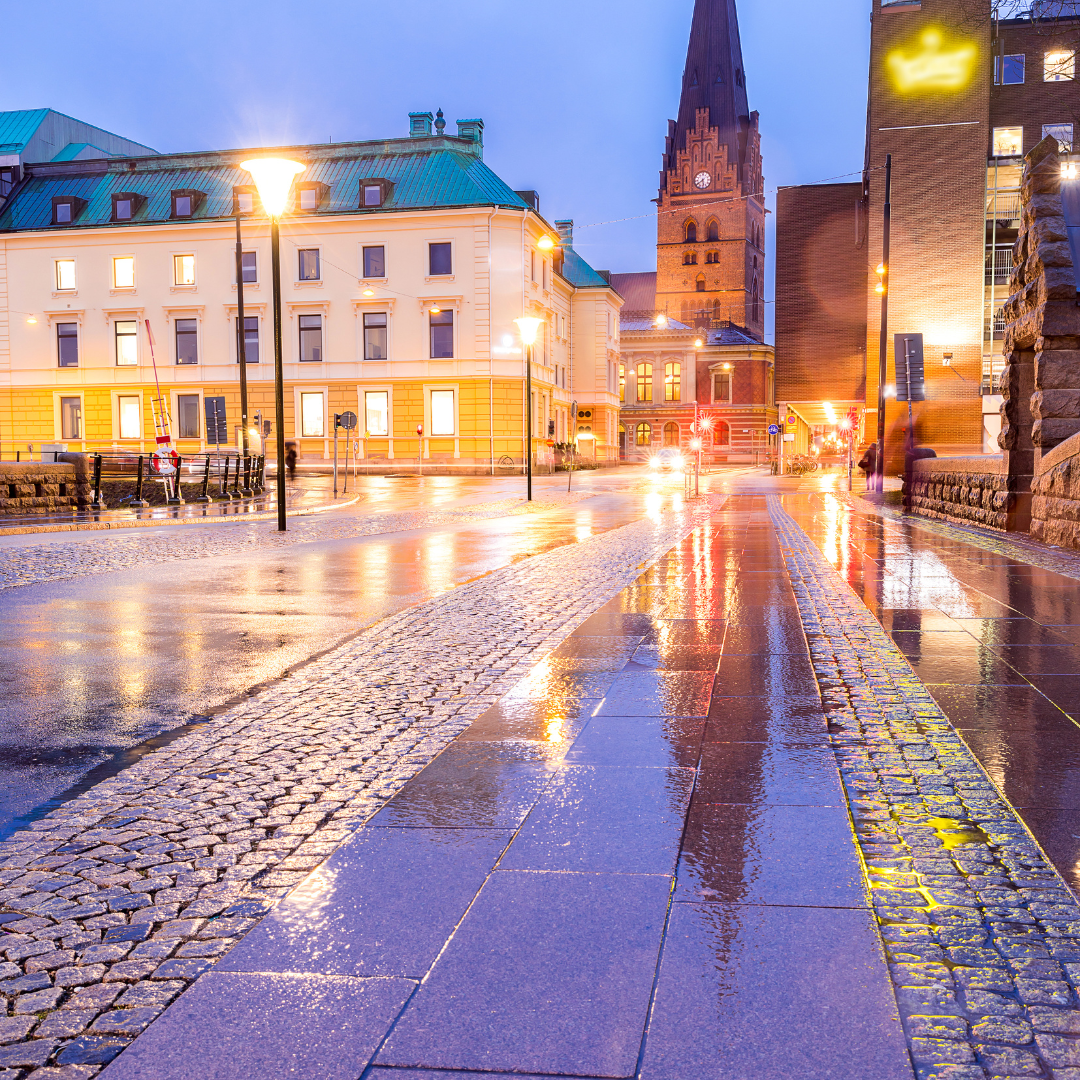Northern Europe is home to some of the most bicycle-friendly cities in the world. These cities have created a culture that encourages cycling as a primary mode of transportation. Many towns in this region have invested heavily in cycling infrastructure and have developed a culture that values and prioritizes cycling. This is partly due to the region’s flat terrain, temperate climate, and urban design, making cycling a practical and efficient way to get around.

Cycling not only benefits the environment by reducing greenhouse gas emissions but also has numerous health and economic benefits. Cycling is a low-impact exercise that can improve cardiovascular health, mental well-being, and overall fitness. Moreover, cycling is an affordable and accessible mode of transportation that can save money on fuel and reduce traffic congestion.
This article will focus on five of the most bicycle-friendly cities in Northern Europe. These cities have demonstrated a solid commitment to cycling and have implemented various policies and infrastructure that make cycling safe, convenient, and enjoyable. Whether you are a resident or a visitor, these cities are great examples of how urban areas can prioritize cycling and create a more sustainable future.

Copenhagen, Denmark
Copenhagen is widely regarded as one of the most bicycle-friendly cities in the world. Over half of the city's residents cycle to work or school, and the city has over 350 kilometers of dedicated bike lanes. In addition to the bike lanes, Copenhagen has many other bike-friendly features, including traffic signals that prioritize cyclists and bike racks throughout the city. The city also has a bike-sharing program, which allows residents and tourists to rent bikes for short-term use easily.

Amsterdam, Netherlands
Amsterdam is another city that is famous for its cycling culture. Nearly 60% of trips to the town are made by bike, and the city has over 500 kilometers of bike lanes. Amsterdam also has a unique feature called "fietsstraten," which are streets designed primarily for bikes, with cars being allowed only as guests. Amsterdam is also home to one of the most extensive bike-sharing programs in the world, with over 20,000 bikes available for rent.

Utrecht, Netherlands
Utrecht is a smaller city than Amsterdam but is no less bicycle-friendly. The city has been working to become more bike-friendly since the 1970s, and now over half of all trips in the city are made by bike. Utrecht has an extensive network of bike lanes, and the city is also home to the world's largest bike parking facility, which can hold over 12,500 bikes. In addition to these features, Utrecht has implemented several traffic-calming measures that make cycling safer and more enjoyable.

Malmo, Sweden
Malmo is a city in southern Sweden that has made significant strides in becoming more bicycle-friendly in recent years. The city has built over 500 bike lanes and implemented some traffic-calming measures to make cycling safer. Malmo has also introduced a bike-sharing program, which allows residents and visitors to rent bikes for short-term use easily. In addition to these features, the city has also invested in a number of bike-related events and initiatives to encourage more people to cycle

Oslo, Norway
Oslo is a city that has made significant investments in cycling infrastructure in recent years. The city has built over 100 kilometers of bike lanes and has implemented a number of traffic-calming measures to make cycling safer. Oslo has also introduced a bike-sharing program, which allows residents and visitors to rent bikes for short-term use easily. In addition to these features, the city has also introduced a number of incentives for people to cycle, such as reduced tolls for cyclists on certain roads.
And, it's a wrap...
To conclude, the five bicycle-friendly cities in Northern Europe discussed in this article are Copenhagen, Amsterdam, Utrecht, Malmo, and Oslo. These cities have made significant investments in cycling infrastructure, implemented traffic-calming measures, and developed a culture that values cycling as a primary mode of transportation. They have also introduced bike-sharing programs and incentives to encourage more people to cycle. These efforts have made these cities more environmentally sustainable, healthier, and more livable. As we continue to face climate change and urbanization challenges, these cities provide excellent examples of how cities can prioritize cycling and create more sustainable and enjoyable places to live.
